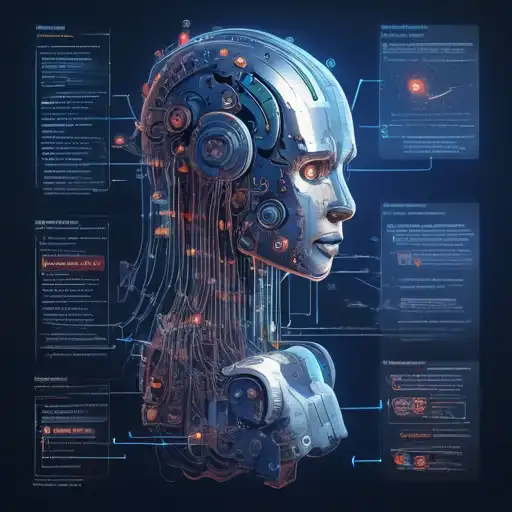Introduction to Machine Learning Algorithms
Machine learning algorithms are the backbone of artificial intelligence, enabling computers to learn from and make decisions based on data. For beginners, understanding these algorithms can seem daunting, but with the right approach, it's entirely achievable. This guide aims to demystify machine learning algorithms, providing a solid foundation for those new to the field.
What Are Machine Learning Algorithms?
At their core, machine learning algorithms are mathematical models that allow computers to learn patterns from data without being explicitly programmed. These algorithms can be broadly categorized into supervised, unsupervised, and reinforcement learning, each serving different purposes and applications.
Supervised Learning Algorithms
Supervised learning algorithms learn from labeled training data, making predictions or decisions based on that data. Common examples include:
- Linear Regression - Predicts a continuous outcome based on one or more predictor variables.
- Logistic Regression - Used for binary classification problems, predicting one of two possible outcomes.
- Decision Trees - A model that makes decisions based on asking a series of questions about the data.
Unsupervised Learning Algorithms
Unsupervised learning algorithms work with data that has no labels. The goal is to model the underlying structure or distribution in the data to learn more about it. Examples include:
- K-Means Clustering - Groups data into k number of clusters based on similarity.
- Principal Component Analysis (PCA) - Reduces the dimensionality of data, making it easier to visualize and analyze.
Reinforcement Learning Algorithms
Reinforcement learning algorithms learn by interacting with an environment, using feedback from their own actions and experiences. Notable examples include:
- Q-Learning - A model-free reinforcement learning algorithm that learns the value of an action in a particular state.
- Deep Q Networks (DQN) - Combines Q-Learning with deep neural networks to handle high-dimensional input spaces.
Choosing the Right Algorithm
Selecting the appropriate machine learning algorithm depends on the problem at hand, the nature of the data, and the desired outcome. Beginners should start with simpler algorithms, gradually moving to more complex ones as they gain experience.
Conclusion
Machine learning algorithms are a fascinating and integral part of artificial intelligence. By understanding the basics of these algorithms, beginners can take their first steps into the world of machine learning and data science. Remember, the journey of learning machine learning is a marathon, not a sprint. With patience and practice, anyone can master these algorithms.
For more insights into machine learning and data science, explore our Data Science Basics section.
